Saudi Arabia said on July 3 that it would extend its voluntary oil production cuts of 1 million barrels per day until at least the end of August. The cuts, which took effect on July 1, were initially scheduled to last only until the end of July in a bid to support oil prices.
“This additional voluntary cut is aimed at reinforcing the efforts of OPEC+ countries with the aim of supporting the stability and balance of the oil market,” Saudi media quoted an official source from the country's Ministry of Energy as saying.
At the June meeting, Riyadh also said it would extend the 500,000 bpd production cut (first announced in April) until the end of 2024. All the cuts would bring Saudi Arabia's total oil production down to 9 million bpd.
Shortly after the announcement by the world's largest crude oil exporter, Russian Deputy Prime Minister Alexander Novak announced that his country would also voluntarily cut supply by 500,000 barrels per day in August by cutting exports.
The Organization of the Petroleum Exporting Countries and its Russia-led allies (OPEC+) supply about 40% of the world's crude. The alliance has been cutting supply to prop up prices since November last year due to weaker Chinese demand and rising US supplies.
OPEC+ has implemented a cut of 3.66 million barrels per day, accounting for 3.6% of global demand, including 2 million barrels per day from November 2022 and a voluntary cut of 1.66 million barrels per day from May 2023, lasting until the end of December 2024.
The cuts announced on July 3 represent 1.5% of global supply, bringing the total OPEC+ commitment to 5.16 million barrels per day.
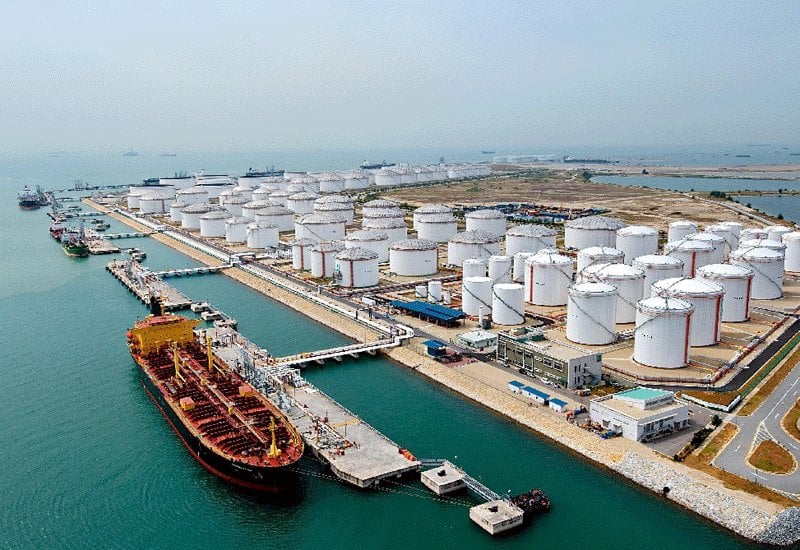
OPEC+ currently supplies about 40% of the world's crude oil. Global oil demand is being held back by slowing economic growth, especially in China. Photo: Tehran Times
“Faced with fragile investor confidence and a very narrow trading range, Saudi Arabia has little choice but to extend production cuts,” said Viktor Katona, head of crude oil analysis at market research firm Kpler.
Lackluster demand in China has capped crude at near $76 a barrel, below the $81 a barrel the International Monetary Fund believes Saudi Arabia needs to cover its budget.
In that context, the Gulf state's extension of cuts is not a surprise to traders and analysts.
Oil prices were expected to rise this year, but instead fell about 11% on concerns about the strength of the economy as interest rates rise. Wall Street banks such as Goldman Sachs and Morgan Stanley have withdrawn earlier forecasts that oil would return to $100 a barrel.
In theory, there is no need for prolonged supply restraint, as the global oil market is expected to tighten in the second half of the year. OPEC’s Vienna-based research arm predicts that world oil inventories are on track to run out at a rate of about 2 million barrels a day.
But the measures unveiled by Riyadh and Moscow on July 3 show they are wary of an increasingly tightening market. When he first announced the additional cuts in June, Saudi Arabia’s Energy Minister Prince Abdulaziz bin Salman said he would “do whatever is necessary to bring stability to the market.”
The announcement by the world's two leading oil exporting countries caused global benchmark Brent crude oil prices to rise 0.7% to $76/barrel at 7:15 a.m. (US time). US benchmark WTI crude oil prices rose 0.8% to $71/barrel .
Nguyen Tuyet (According to Reuters, CNN, Bloomberg)
Source





![[Photo] Government holds a special meeting on 8 decrees related to the International Financial Center in Vietnam](https://vphoto.vietnam.vn/thumb/1200x675/vietnam/resource/IMAGE/2025/11/04/1762229370189_dsc-9764-jpg.webp)


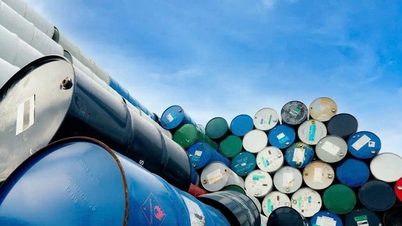






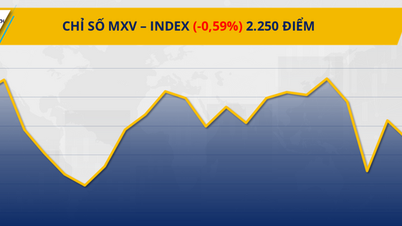




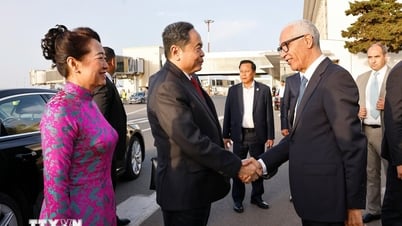


































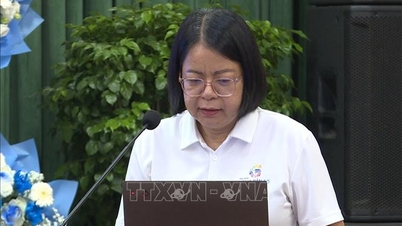










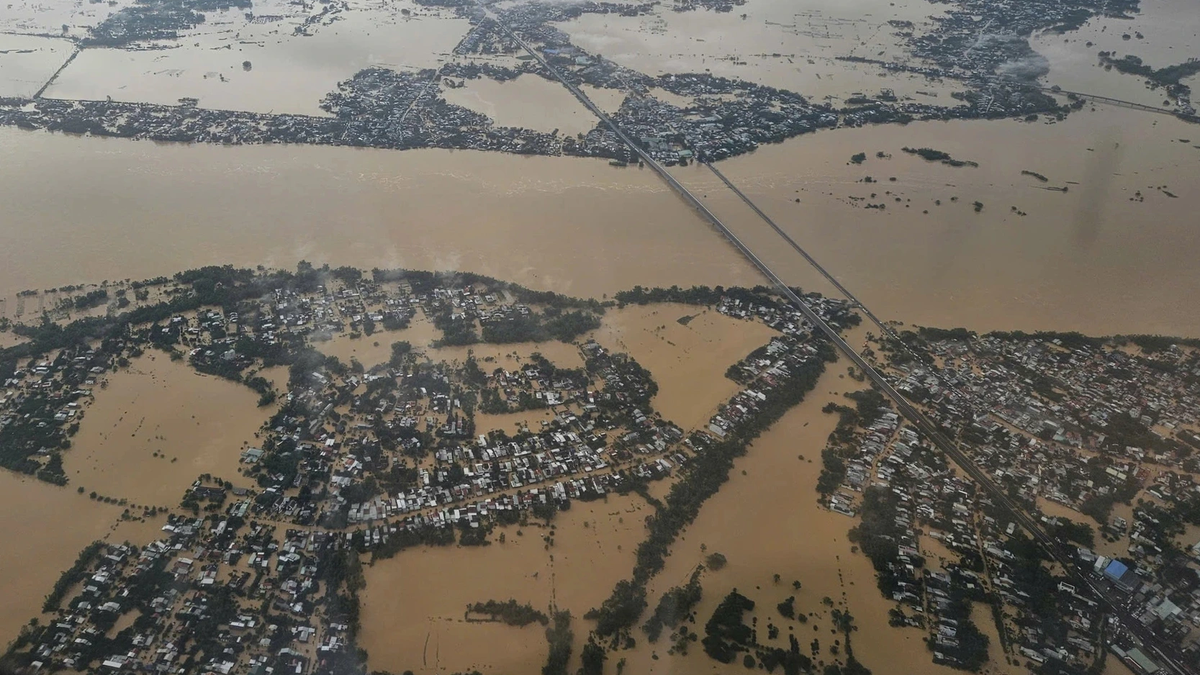


























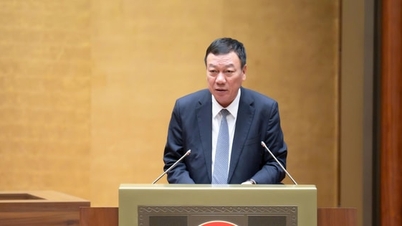















Comment (0)